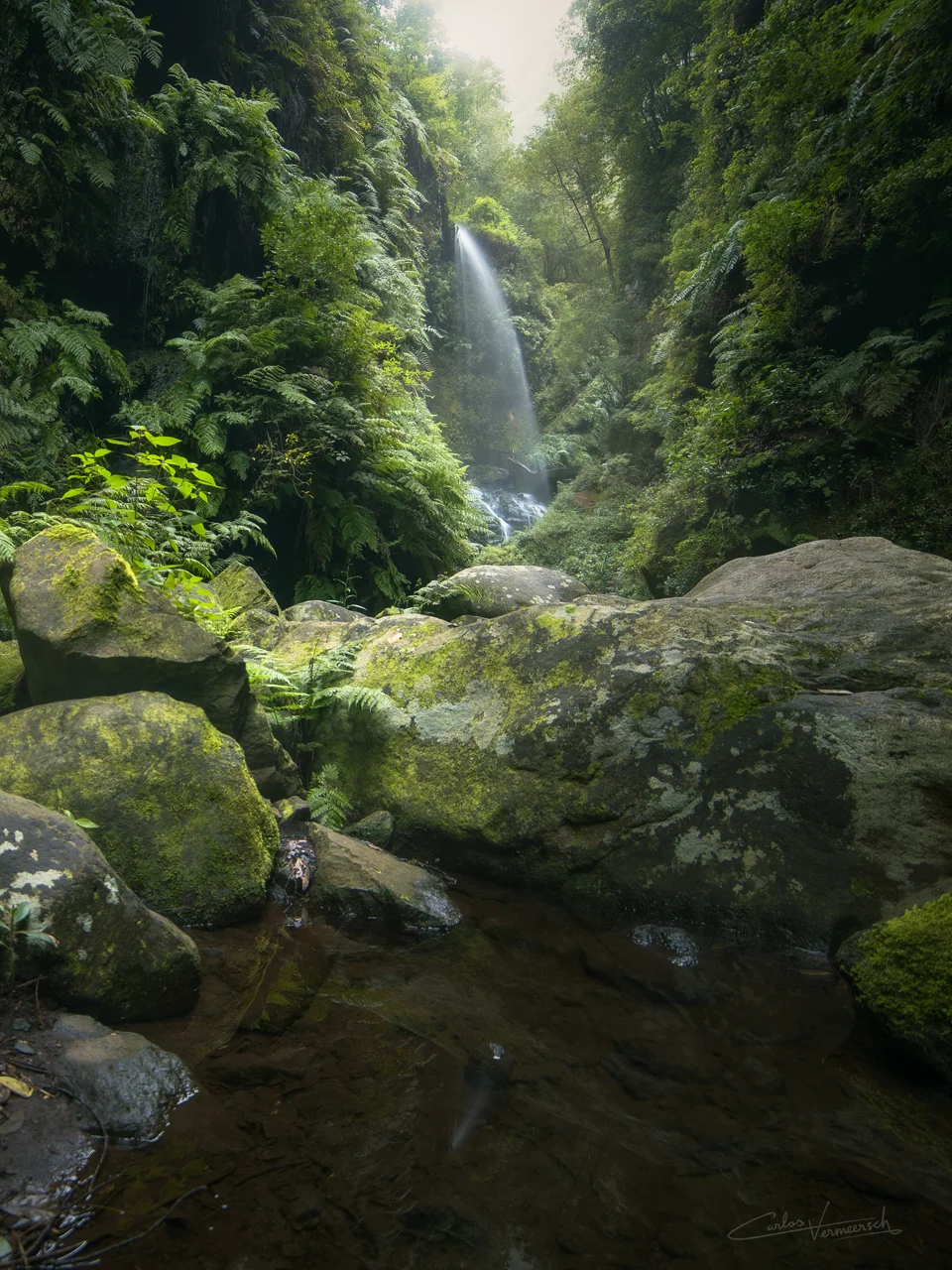The Ancient Canarian Aboriginals
- Carlos Vermeersch

- Apr 19, 2024
- 57 min read
Updated: Jun 16, 2024

Note: The following article is a highly summarized version of the original. For more comprehensive articles and quotations from ancient sources in their original language (such as Ancient Greek, Latin, Medieval Arabic, Early Modern Castilian) accompanied by novel and unprecedented transcriptions and translations with commentaries, please visit the main articles corresponding to each section. You can find links to these articles below the heading of each respective section.
Table of contents
Origin of the ancient Canarians
Main article: Identity of the ancient Canarian aboriginals
According to Friar Alonso de Espinosa's writings in the late 16th century, the Guanches, the inhabitants of Achineche (Tenerife), believed that sixty individuals arrived on the island in ancient times, but their origin was unknown. They settled near Icod and referred to their dwelling as Alzanxiquian abcanahac xerac, meaning "Place of the assembly of the son of the great one" in their language. This folklore reflects the Guanches' understanding of their ancestral history.
Identity
Despite popularly being called Guanches, this gentilic only refers to the ancient inhabitants of Tenerife. Research suggests that the ancient Canarians, including the Guanches, were of Berber origin from North Africa. Evidence such as genetic markers and shared cultural traits supports this theory. The Canarians had a writing system known as Libyco-Berber and possessed similar pottery, tools, and weaponry to contemporary Berbers.
Pliny the Elder, based on accounts from Juba II, describes a Mauretanian expedition in approximately 50 BC that encountered ruins of structures on the Canary Islands. Interestingly, no population was found during the expedition. This raises questions about the possibility of other inhabitants existing on the islands before the arrival of the Canarian Berbers or whether the expedition simply did not thoroughly explore the islands.
The arrival of the ancient inhabitants to the Canary Islands is still a mystery. They could have been motivated by the expansion of civilizations like the Phoenicians or Carthaginians in their homeland. It's possible they were a rebellious tribe or intentionally relocated to establish a base outside the Mediterranean. One theory suggests the islands were initially settled by the Canarii tribe of Berbers from present-day Morocco. According to an aboriginal legend, they believed they were descended from distant royalty. The precise method of their arrival remains uncertain, but some speculate they may have traveled independently. Despite limited navigational knowledge during the Castilian conquest in the 15th century, the aboriginals of Gran Canaria managed to construct boats using dragon trees and stone ballast, allowing them to fish and conduct raids on neighboring islands.
However, the Canarii of Pliny are most likely to be equated with another tribe from the Moroccan Atlas. It must be noted that the term "Canarii" were given this name due to the belief that they shared the same diet as dogs, called "canēs" in Latin.
Whereas the Canary Islands owe their name to the multitude of large dogs that Juba’s expedition encountered on the islands. Therefore, the etymology of the name of the Canarii from the Atlas differs from that of the island of Canaria, which has been equated to Gran Canaria.
Indeed, different islands of the Canaries, with little contact (perhaps none) between them, worshiped demonic entities which resembled ferocious woolly dogs. In Tenerife they were called Jucancha; in Gran Canaria they were known as Tibicenas; in La Palma they were referred to as Iruene; and lastly, in La Gomera they were known as Hirguan, which incidentally were bipedal.
However, according to other scholars, the etymology for the Canary Islands is derived from a Berber term meaning “large front” or “battle front.” However, the present writer believes this to not be accurate, as the ancient authors had already named one of the Fortunate Isles Canaria, and could not have derived this from any local language as they claim they did not encounter natives.
Either way, the aboriginals of the Canary Islands inhabited the archipelago for around 2000 years, and archaeological, linguistic, epigraphic and genetic evidence points out they were Berber in origin.
Above, the drastically different environments the Berbers encountered in the Canary Islands upon their arrival. The archipelago consists of seven large and several smaller islands, all of which are volcanic in origin. They lie in the path of the north-east trade winds that carry moisture. The winds create distinct microclimates on the taller and newer islands of the West as a result, and their windward side is heavily covered in pine tree forests and laurisilva. In the East however, the lower, older and eroded islands no longer reach the moisture carried by the winds and are effectively desert.
When they reached the islands
The time of arrival to the archipelago is not certain. Isolated radiocarbon dates obtained are not equal on all islands of the archipelago. For example, the site of Buenavista in Lanzarote has produced a C-14 dating of the 10th century BCE, a quite early date which would make sense considering the proximity of the island to the African coast. On Tenerife, the oldest dates yielded by C-14 are from the 5th century BCE, and perhaps as far back as 600 BCE, a date obtained by indirect datations from Cueva de los Guanches. In the case of La Palma, the oldest date obtained was the 3rd century BCE. However, some of the dating is disputed by some scholars. The oldest reliable date that radio-carbon dating has yielded is the last quarter of the 1st century BCE.
How they reached the islands
There are different theories about how the ancient Canarians arrived on the Canary Islands. Some scholars believe they came on their own, possibly due to pressure from civilizations like the Phoenicians, Carthaginians, or Romans in northwest Africa. Others suggest they were deported by another civilization. Regardless, the first settlers engaged in a true colonization, bringing goats, sheep, pigs, dogs, and seeds, which formed the foundation for later livestock and agriculture development.
Late Medieval historians did not encounter boats or aboriginals fishing in the Canary Islands, leading some scholars to propose that the ancient Canarians were deported by the Romans as a result of uprisings and conflicts, a practice that was commonly done by empires throughout Antiquity.
However, the present writer is of the opinion that the Berbers were not deported to the islands by another civilisation due to the following reasons. Evidence suggests that Berbers inhabited the islands before the Roman annexation of Mauretania, ruling out Roman involvement in a potential deportation. Also, only Lanzarote and Islote de Lobos have yielded evidence of Roman presence. The possibility of Phoenician or Carthaginian visits to the islands also lacks strong evidence. And most importantly, the three westernmost islands of the Canaries were apparently not known by ancient authors, but were inhabited by Berbers nonetheless. Instead, this writer suggests mere desire for expansion or conflicts and slave trade as a possible cause for Berbers to migrate away from powerful Mediterranean civilisations by their own means.
The proximity of the Canaries to the Saharan coastline, visible in clear weather, could have intrigued adventurous Berbers living on the desert's edge and motivated them to set sail. Fishing was another source of food, and contact with thalassocratic civilizations like the Greeks, Phoenicians, or Carthaginians, who had nearby colonies and navigation expertise, may have influenced the coastal Berbers' navigational skills. Therefore, it is possible that the Berbers reached the islands without intervention from other civilizations.
Want to read more?
Subscribe to carlosvstudios.com to keep reading this exclusive post.





